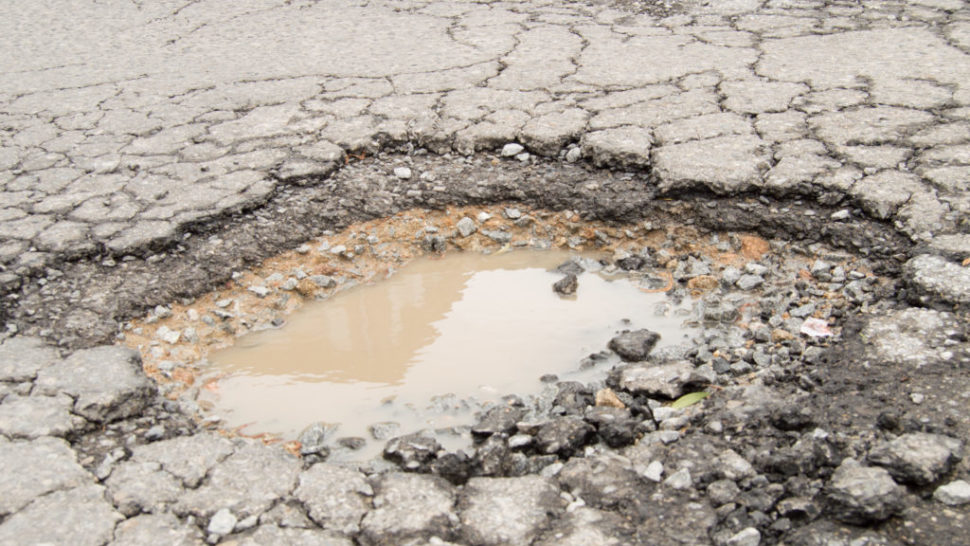Pothole Patrol: What HOAs can do to maintain pavement
It’s that time of year again, when rain, snow, and changing temperatures cause potholes to form, wreaking havoc on roadways, parking lots, and driveways.

It’s that time of year again, when rain, snow, and changing temperatures cause potholes to form, wreaking havoc on roadways, parking lots, and driveways.

It’s that time of year again, when changing temperatures cause potholes to form, wreaking havoc on roadways, parking lots, and driveways. According to the American Automobile Association (AAA), pothole damages cost U.S. motorists roughly $3 billion per year. On a per-pothole-incident basis that comes out to about $300 per driver. Additionally, AAA reports two-thirds of U.S. drivers are concerned about potholes on local roadways.
No asphalt or concrete surface will last forever, but it is easy to prolong the life of your association’s pavement. Community association managers and boards of directors have several pavement maintenance and repair options from which to choose.
Crack Filling
Cracks in the asphalt should be cleaned of dirt and vegetation and allowed to
dry completely before filling. Cracks should be filled with emulsified asphalt
slurry or a light grade of liquid asphalt mixed with fine sand.
Asphalt Patching
Patching is done in areas with severe alligator cracks and/or potholes. When
the patch is cut out, the sub-base material should be examined and compacted
thoroughly before patching. The patch should be tack coated, to ensure firm
bonding between the old and new surfaces. Base course material is laid and
compacted first, and new surface asphalt is laid and compacted on top of that.
The patch should be rolled to a smooth finish, and all edges should be coated
to minimize water penetration.
Overlays
Overlays are placed over existing asphalt to create a new surface. In recent
years paving fabric, placed on the existing asphalt prior to the overlay, has
gained popularity as an effective agent to bond the new asphalt to the existing
asphalt surface. Once the existing asphalt has been prepared, the paving fabric
is laid down and a new surface quality asphalt is laid over it. It is then
rolled to a smooth finish to match existing grades of asphalt.
Sealcoating
Sealcoating is a controversial aspect of asphalt maintenance. Generally,
sealcoating provides an additional 2-3 years of protection against the elements
and use by providing an additional layer of protection. It is also cosmetic, in
that it covers old and new asphalt to create a uniform look in the community
and increases curb appeal. Sealcoating is best done approximately one year
after a new surface has been laid. It should be applied by the squeegee method
if possible to ensure the sealing of cracks too small to fill by the
traditional method.
For more information on repair road and paving, check out The Road Repair Handbook, available for purchase at CAI Press.
HOAresources.com explores questions and comments from community association members living in condominiums, homeowners associations, and housing cooperatives. We then assemble trusted experts to provide practical solutions to your most commonly asked, timely questions. We never use real names, but we always tackle real issues. Have a question or comment about your community association? Submit here for consideration:
Join CAI’s online community for access to the industry’s most in-demand community association resources.
Thousands of your peers are sharing advice.
Laura Otto is the Senior Editor of Digital Content at CAI. A seasoned journalist, Laura previously worked for a creative, advocacy agency in Washington, D.C., where she wrote and edited content for a variety of public health clients. Prior to that, Laura served as a senior writer and editor for the George Washington University School of Medicine and Health Sciences. Laura is a graduate of Temple University in Philadelphia.